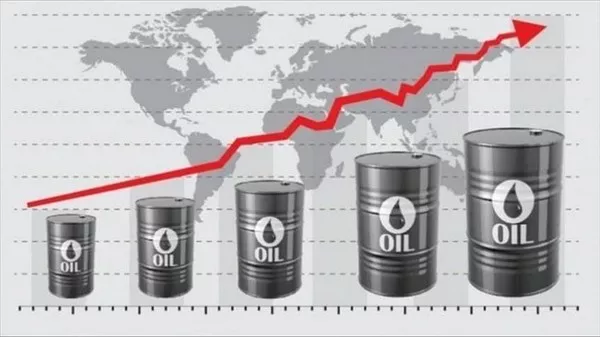When it comes to investing in the financial markets, futures trading has emerged as a popular and potentially rewarding option. Among the various futures exchanges, the Chicago Mercantile Exchange (CME) stands out as a global leader. CME offers a wide range of futures contracts on assets like commodities, currencies, and indices, providing traders with diverse opportunities to profit from market movements.
1. Understanding CME Futures:
CME futures contracts are standardized agreements that obligate traders to buy or sell a specific asset at a predetermined price and date in the future. These contracts are traded on the CME exchange, which is regulated and ensures transparency and liquidity in the market. Each contract represents a fixed quantity of the underlying asset.
2. Selecting a Trading Account and Brokerage:
The first step towards trading CME futures is to open a trading account with a reputable brokerage that offers access to the CME exchange. Choose a brokerage that aligns with your trading goals, offers competitive fees, and provides reliable customer support. Conduct thorough research and read reviews before making a decision.
3. Educating Yourself about CME Futures:
Before jumping into the world of CME futures, it’s crucial to educate yourself about the market, the various futures contracts available, and the factors that influence their prices. Familiarize yourself with concepts like margin requirements, leverage, and contract specifications. This knowledge will help you make informed trading decisions.
4. Developing a Trading Strategy:
Successful CME futures trading requires a well-defined trading strategy. Determine your risk tolerance, preferred trading style (day trading, swing trading, or position trading), and financial goals. Additionally, use technical and fundamental analysis to identify potential entry and exit points. Stick to your strategy and avoid impulsive decisions based on emotions.
5. Risk Management:
Risk management is a fundamental aspect of trading CME futures. Never risk more than you can afford to lose on a single trade. Set stop-loss orders to limit potential losses and consider implementing risk-reward ratios to ensure that your potential gains outweigh potential losses.
6. Choosing the Right Futures Contract:
CME offers a vast array of futures contracts across different asset classes. Depending on your expertise and market outlook, choose the futures contracts that align with your trading strategy. Whether it’s crude oil, gold, stock index futures, or currency futures, conduct thorough research before making your selection.
7. Monitoring Market Trends and News:
Stay informed about global events, economic indicators, and market trends that may impact the prices of CME futures contracts you are trading. This will help you anticipate potential price movements and make timely decisions.
8. Practicing with Paper Trading:
If you’re new to CME futures trading or want to test a new strategy, consider paper trading. Many brokerages offer demo accounts where you can trade with virtual money without risking your capital. This practice allows you to gain confidence and experience before entering the real market.
Conclusion:
Trading CME futures can be a rewarding venture for those who approach it with knowledge, discipline, and a well-thought-out strategy. By understanding the basics of CME futures, choosing the right contracts, and managing risks effectively, you can increase your chances of success in this exciting financial market. Remember, continuous learning and practice are keys to becoming a proficient CME futures trader.


